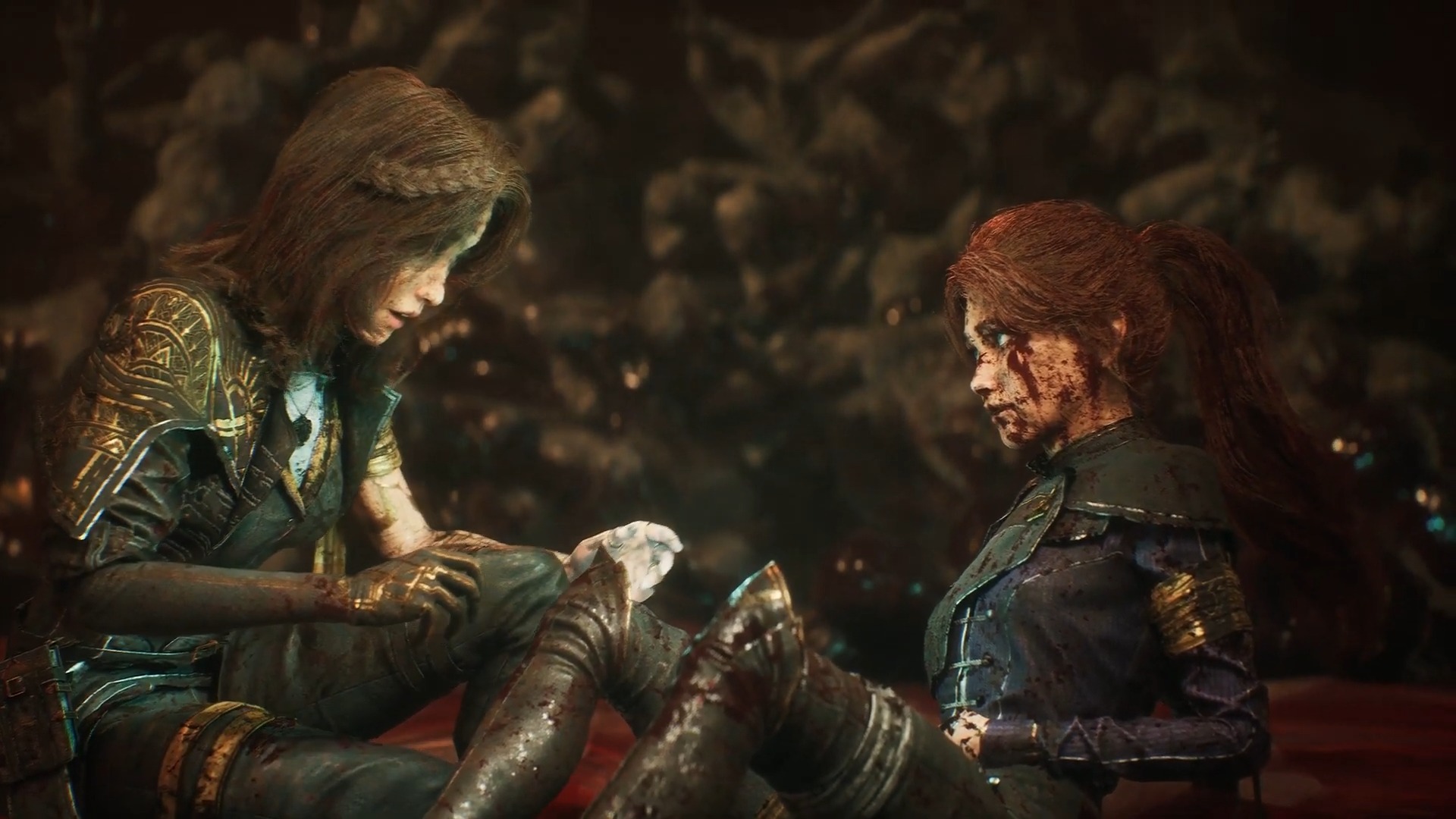Windows 10 on ARM: Microsoft's ultimate mobile device vision comes into focus
Microsoft has admitted to losing the nearly decade-old consumer-focused smartphone war. But with Windows 10 on ARM they just rewrote the rules for the next phase of the mobile war.
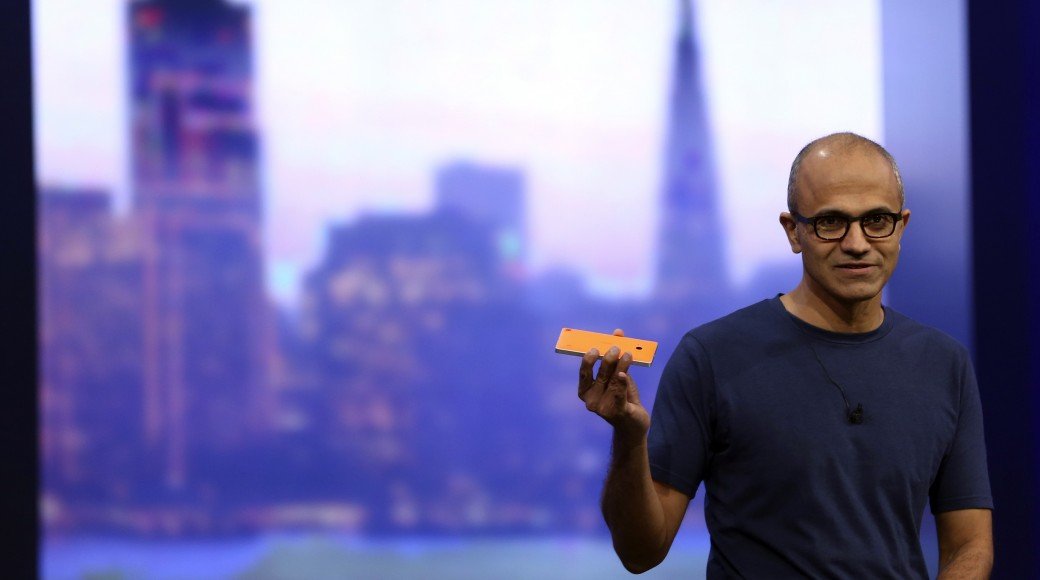
An objective observation of the current smartphone paradigm reveals a saturated market, iteration- versus innovation-focused hardware advances and an inefficient warehouse of apps ecosystem model. That war, though lost to Redmond according to those aging rules, is arguably merely going through the motions in 2016.
Ten years is an eternity in tech. We've seen incredible advances in intelligent cloud computing, mobility of digital experiences, AI, bots, mixed-reality, digital inking and more since the iPhone's debut in 2007.
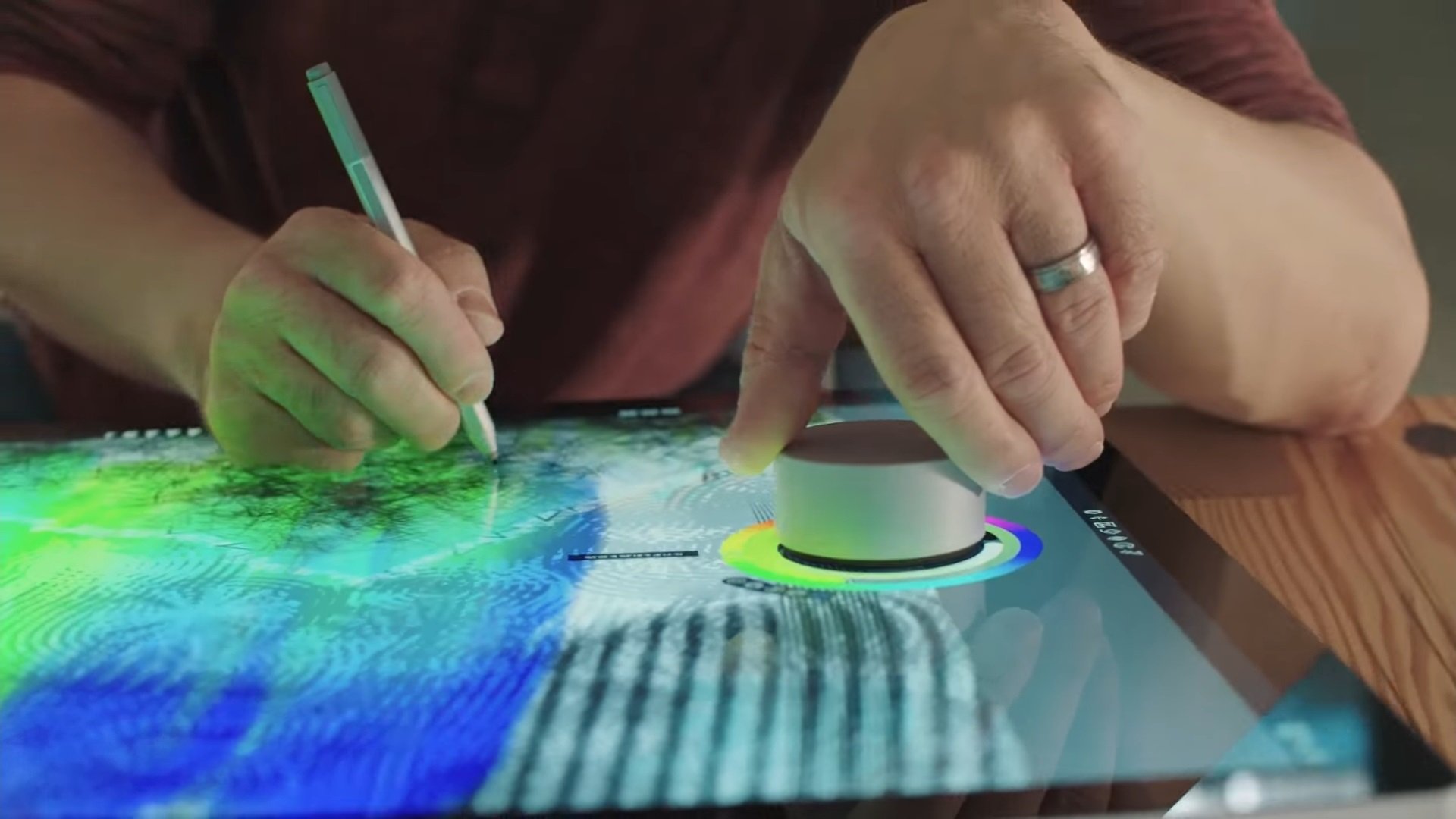
Full Windows on ARM is key to Nadella's ultimate mobile device.
These advances have broadened the mobile computing experience significantly beyond the "iPod, internet device and phone" merger that so excited the world who watched the late Steve Jobs introduce the first iPhone. We have yet to see a similar cohesion of the breadth of current technologies on a mobile device. But we may see it sooner than we think.
Microsoft's announcement of full Windows 10 on ARM will eventually bring the full power of Microsoft's unique universal OS to a pocketable form factor. A Continnum-powered Surface ultra-mobile PC (3-in-1) running Windows 10 with x86 apps, would bring together the diverse and modern benefits of the unified platform and would be an ultimate mobile device indeed.
It's about Window 10, not the device
There are barriers Microsoft must work through before we see full Windows 10 with x86 apps on a "phone." Still, as hardware partners bring Windows 10 to more affordable, power-efficient and streamlined ARM-based tablets and 2-in-1s, rest assured, we will see the same on "phone" in time.
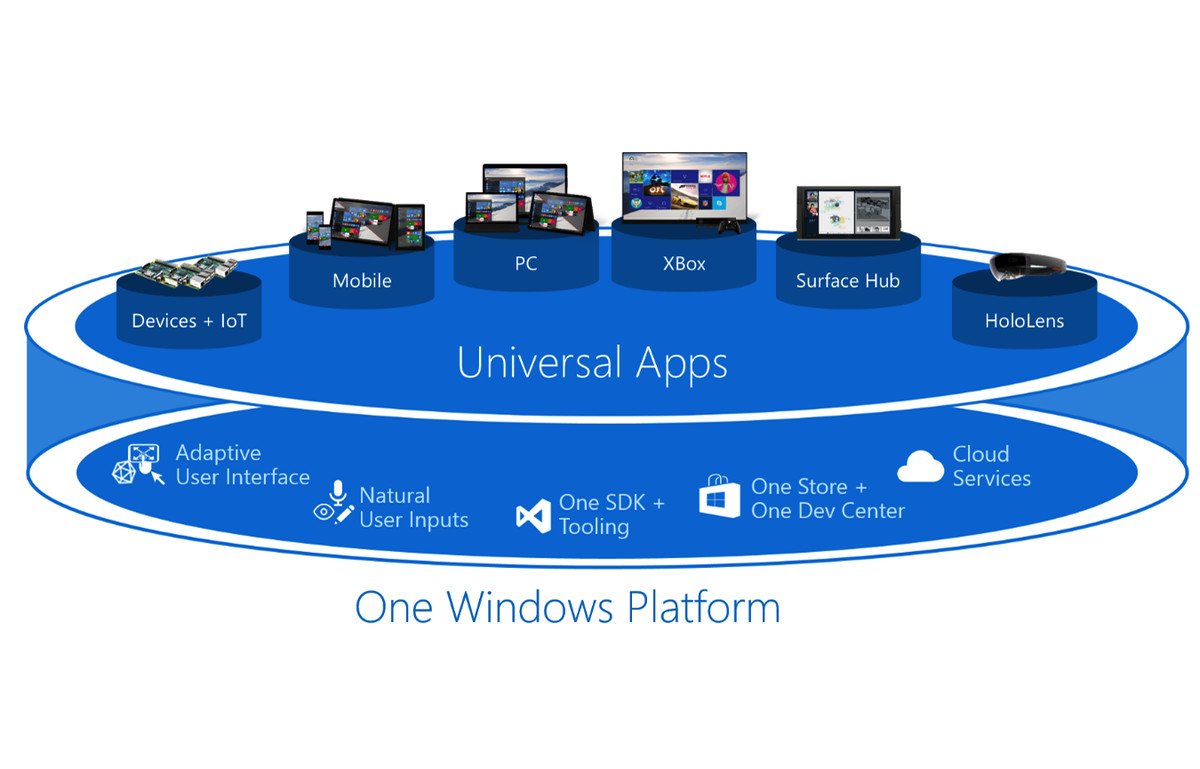
Microsoft's hardware strategy is intricately intertwined with its Universal Windows Platform vision. As the UWP is positioned as a ubiquitous platform to facilitate users' digital experiences, a diverse Windows 10 device family is designed to provide context relevant portals to those same personal and professional experiences. Former Microsoft CEO Steve Ballmer explained:
No technology company has as yet delivered a definitive family of devices useful all day for work and for play, connected with every bit of a person's information available through one cloud. We see tremendous room for innovation in software, services and hardware to bring the consumer this new, more complete and enveloping experience.… Our family will include phones, tablets, PCs, 2-in-1s, TV-attached devices and other devices to be imagined and developed.
Microsoft reimagined the desktop PC with the Surface Studio, the tablet with the Surface and the laptop with the Surface Book. Phone is an integral part of Redmond's Windows 10 device family vision and, per Nadella, will be reimagined as a clear deviation from market leaders definition of a phone. Since Microsoft's device family is focused on a cohesive Windows 10 experience, where the device fades into the background, Redmond's "phone" vision (unlike rivals') is platform- rather than device-focused.
Get the Windows Central Newsletter
All the latest news, reviews, and guides for Windows and Xbox diehards.
Microsoft's phone vision is platform focused.
Thus, this full Windows 10 ultra-mobile PC running x86 apps will be positioned among the Windows 10 hardware family as a device capable of the full range of the Windows OS. Of course, Continuum will be key to allowing a docked or wirelessly connected device to project x86 apps to a larger display as it currently does with Store apps.
Microsoft's hardware vision of empowering users with the full power of Windows regardless of device is becoming a reality.
Window's Creators Update; a platform for everyone
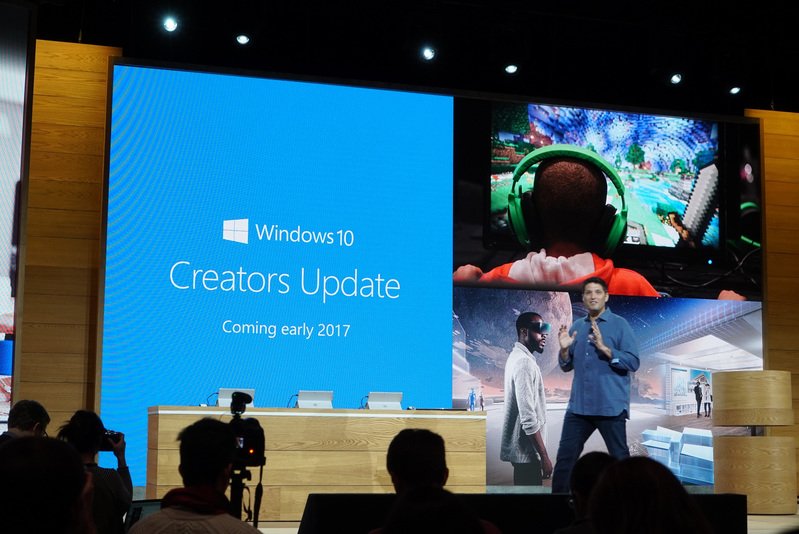
Microsoft strategically made Windows relevant to more users, via the Creators Update, broadening the appeal of a platform that powers a device family to which Redmond hopes to win consumers and enterprise users.
The Creators Update is preparing the masses for a Surface phone.
The Update pairs a forward-looking vision of how the current generation of young users embrace sophisticated interactive 3D tools with the legacy productivity strengths of the platform. Windows Chief Terry Myerson articulated the updates inspiration this way:
…we're thinking about each of us as creators…these kids are so fluent and interactive in really quite rich 3D concepts.So the inspiration really is in looking and saying what are the trends in this next generation that we can foster and invest in. And in a way that's relevant for a broad base, but also looking for inspiration for what's coming next.
The 3D tools built into Windows, along with the ability to share 3D creations across other Microsoft products like PowerPoint and HoloLens exemplify the breadth and unity of the platform. A mobile device with full Windows would share these abilities as well as the additional enterprise-focused IT benefits the update brings.
Advanced threat protection and device management tools that allow users to keep devices personal are among these benefits.
Microsoft's push of the personal and productivity benefits of Windows 10 can potentially win users to a mobile device powered by the same platform they have come to love on a 2-in-1, laptop or Surface Studio.
Furthermore, "cellular-PCs," which will precursor this "phone" to market on popular 2-in-1 and tablet form factors, will prepare users for this "phone" that does everything their PC's do.
Surface "phone", everything you can do…
Like Apple famously brought the iPod, internet and phone to a pocketable form factor in 2007, Microsoft's ultra-mobile Surface will bring today's cutting edge technology together to our pockets in the near future.
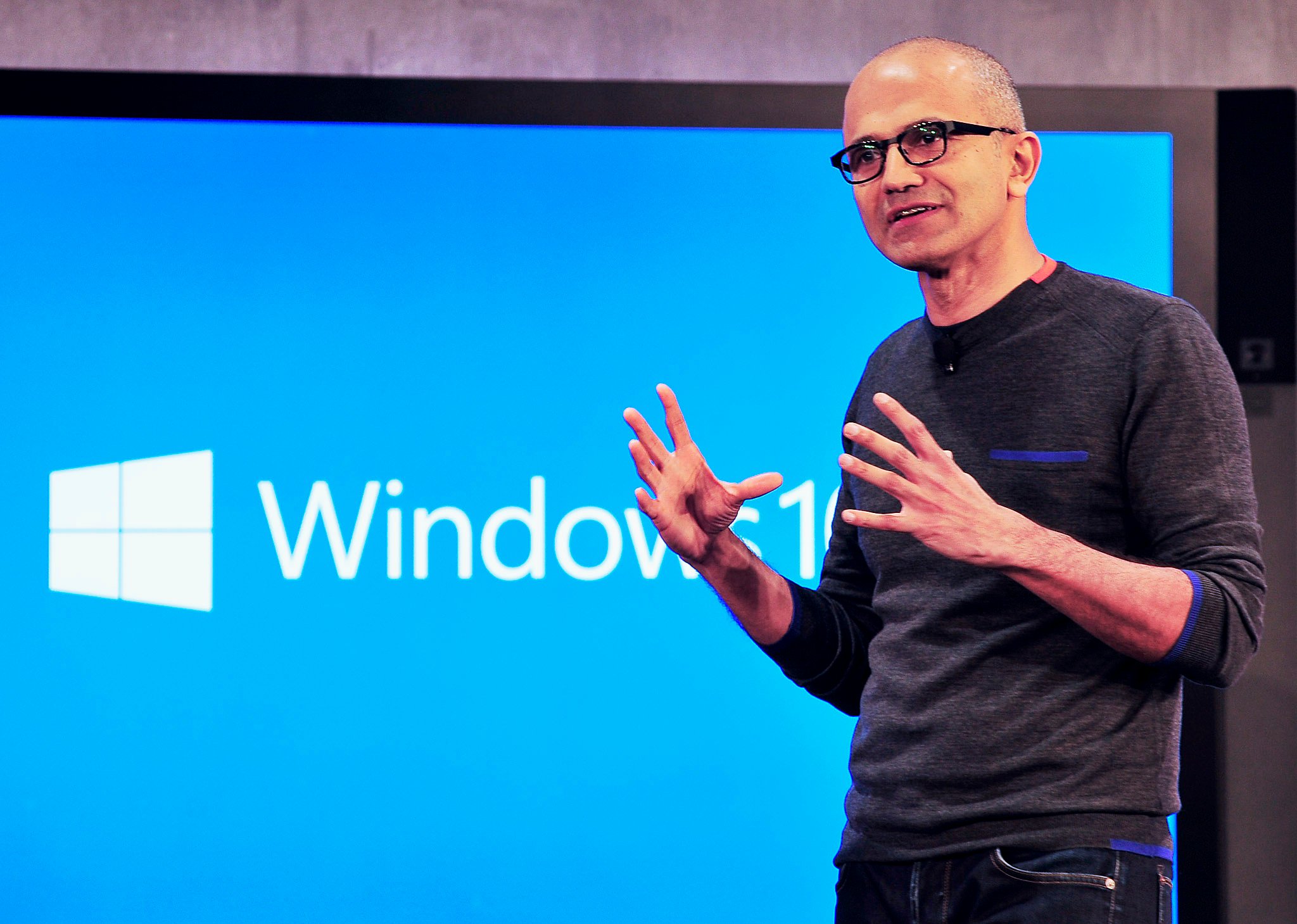
With Windows 10, Microsoft has become a leader and platform for exciting innovative technology like Windows Holographic, mixed reality, gaming, 3D content creation, digital inking and more. The Continuum-powered ultra-mobile Surface will put these technologies that have excited the industry in the pockets of consumer and enterprise users alike.
Finally, though Store apps are still vitally important, with 16 million x86 apps available to Windows, the app gap has been flipped on its head.
Yes, Microsoft lost the smartphone war, but with full Windows on ARM they've changed the rules of engagement. A new war has just begun.
Jason L Ward is a columnist at Windows Central. He provides unique big picture analysis of the complex world of Microsoft. Jason takes the small clues and gives you an insightful big picture perspective through storytelling that you won't find *anywhere* else. Seriously, this dude thinks outside the box. Follow him on Twitter at @JLTechWord. He's doing the "write" thing!

